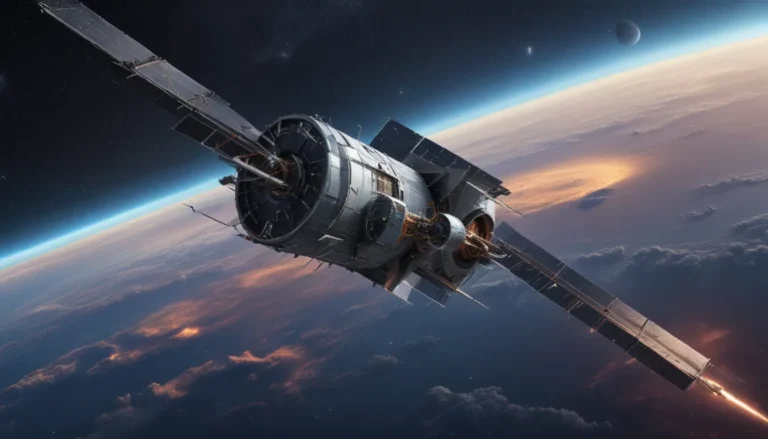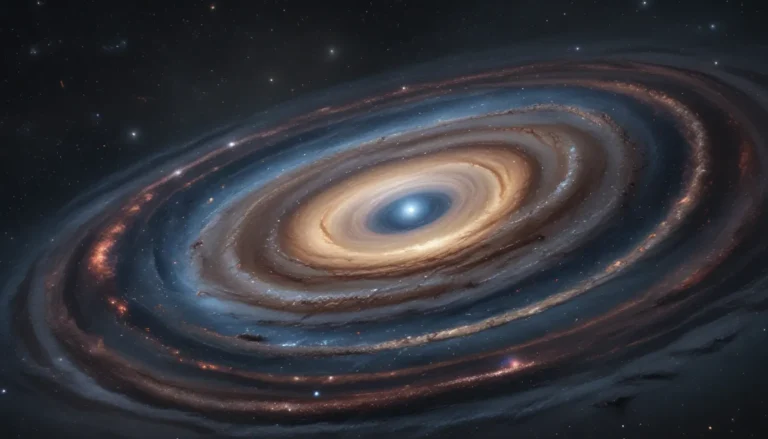The pictures we use in our articles might not show exactly what the words say. We choose these pictures to make you interested in reading more. The pictures work together with the words but don’t take their place. The words still tell you the important facts.
Interplanetary travel has long been a subject of fascination for humanity, beckoning us to venture beyond the confines of our own planet and explore the vast unknown of the universe. While we have made significant strides in space exploration, there is still much to uncover about the intricacies and challenges of traveling between celestial bodies.
The Essence of Interplanetary Travel
Interplanetary travel encompasses the exploration and transportation of humans and objects between planets within our solar system. It involves the utilization of spacecraft and cutting-edge technologies to overcome the hurdles posed by immense distances and hostile environments.
The Pioneer: Mariner 2
In 1962, the Mariner 2 spacecraft embarked on a groundbreaking mission, becoming the first successful interplanetary voyage. By flying by Venus and gathering close-up measurements of the planet, Mariner 2 set the stage for future interplanetary exploration endeavors.
Harnessing Gravity Assists
Gravity assists, also known as slingshot maneuvers, play a vital role in saving fuel and time during interplanetary travel. By leveraging the gravitational pull of planets or moons, spacecraft can alter their trajectories, conserve fuel, and achieve greater speeds, ultimately reducing travel time.
The Journey to Mars
Traveling from Earth to Mars poses a significant challenge, taking an average of 6 to 9 months to reach the Red Planet. The varying distances between the two planets influence the duration of interplanetary travel, highlighting the complexities involved in traversing the vast expanse of space.
Navigating Through the Cosmos
Communication Across Distances
Interplanetary communication encounters delays due to the vast distances between celestial bodies. Signals traveling between Earth and Mars can take anywhere from a few minutes to over 20 minutes, demonstrating the importance of patience and precision in interplanetary communication.
Precision in Navigation
Successful interplanetary travel hinges on precise calculations and navigation. Factors such as gravity, orbital mechanics, and celestial alignments must be meticulously considered to ensure that spacecraft reach their intended destinations with accuracy and efficiency.
Insights from Mars Rover Missions
Missions like the Mars Rover have provided invaluable insights into the Martian surface, enabling scientists to explore, analyze, and conduct experiments that deepen our understanding of the Red Planet. These missions shed light on the unique characteristics and mysteries of Mars.
Challenges and Innovations in Interplanetary Travel
Radiation Exposure and Life Support Systems
Interplanetary travel exposes astronauts to long-term space radiation, necessitating advanced life support systems to sustain human life during extended missions. Research and development in this area are crucial for ensuring the well-being of astronauts embarking on interplanetary journeys.
The Future of Interplanetary Exploration
Private companies like SpaceX are driving innovation in interplanetary travel, with ambitious plans for Mars colonization and the development of reusable rockets. Collaboration between space agencies and private enterprises is fostering advancements in space exploration, paving the way for new possibilities in interplanetary travel.
Unveiling the Universe’s Secrets
Quest for Knowledge
Interplanetary travel offers a gateway to unlocking the mysteries of our universe, providing insights into extraterrestrial life, planetary systems, and the origins of celestial bodies. Each journey into the cosmos expands our scientific knowledge and deepens our understanding of the complexities of space.
The Human Spirit of Exploration
The human quest for exploration and discovery fuels our passion for interplanetary travel, driving us to push the boundaries of what is possible. As we look to the stars, we embark on a journey of scientific inquiry and adventure, united in our pursuit of unraveling the secrets of the universe.
Conclusion: Embracing the Cosmic Unknown
In conclusion, interplanetary travel remains a captivating and enigmatic frontier, beckoning us to explore the mysteries of the universe with curiosity and wonder. As we continue to push the boundaries of space exploration, we uncover new insights and possibilities that inspire us to pursue the uncharted realms of the cosmos.
FAQs: Exploring Interplanetary Curiosities
- Is interplanetary travel currently possible?
-
Interplanetary travel is technically feasible but presents complex challenges that require innovative solutions and advancements in technology.
-
How long does it take to travel to other planets?
-
The duration of interplanetary travel varies depending on factors such as distance between planets and spacecraft speed, spanning from several months to a few years.
-
What are the biggest challenges of interplanetary travel?
-
Challenges include vast distances, microgravity effects, radiation exposure, and the need for sustainable resources to support human life during the journey.
-
Is there a possibility of finding extraterrestrial life during interplanetary travel?
-
Interplanetary exploration plays a vital role in our quest for extraterrestrial life by providing insights into the conditions and environments of other planets and moons.
-
What advancements are being made in interplanetary travel?
- Ongoing advancements in propulsion systems, spacecraft design, and resource utilization are driving innovation in interplanetary travel, shaping the future of space exploration.
Interplanetary travel invites us to embark on a journey of discovery and wonder, unveiling the mysteries of the universe and expanding our horizons beyond Earth. As we embrace the cosmic unknown, let curiosity guide our exploration and ignite the spark of innovation that propels us towards new frontiers in space exploration.






